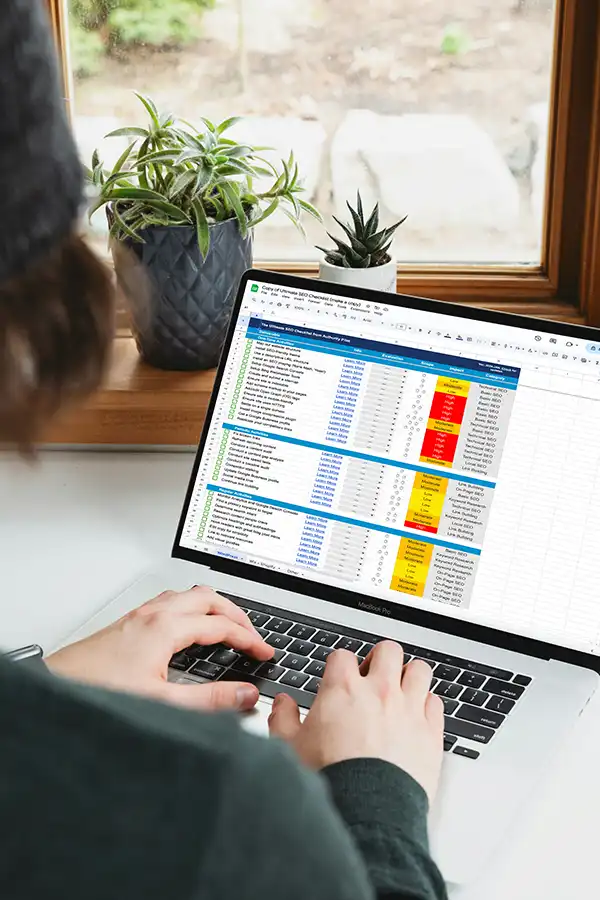
When it comes to measuring the success of your website’s search results, there are a wide range of SEO analytics you can use to determine how your website is performing. Understanding these metrics and using them to set smart goals and track your progress is key to improving your SEO over time.
In this chapter, we go over some common SEO metrics and what they mean, how to set smart SEO goals and track their progress, best practices for measuring organic search traffic, the role of social engagement metrics in measuring SEO analytics success, on-page optimization tactics and how to measure their impact, the link building process and measuring its impact, and finally, mobile SEO and metrics to focus on for mobile devices.
Case Study:
Online retailer specializing in natural beauty and personal care products
An established online retailer faced a common problem. They were struggling to generate consistent organic search traffic and sales — despite investing heavily in SEO efforts.
To address this challenge, they started tracking and measuring SEO analytics more closely, including keyword rankings, organic search traffic, and conversion rates. By using tools like Google Analytics and SEMrush, the business was able to identify which keywords and pages were driving the most traffic and sales, and which areas needed improvement.
With this data-driven approach, the business was able to make targeted improvements to their website, including optimizing page titles and meta descriptions, improving site speed, and implementing a more user-friendly checkout process. Over time, these efforts paid off, and they were able to achieve significant growth in organic search traffic and sales. Today, the business continues to measure and track its SEO metrics to drive ongoing improvements and growth.
Common SEO Metrics and What They Mean
Before diving into specific metrics, it’s important to grasp some SEO fundamentals that we covered in an earlier chapter. Those building blocks are key to understanding the three main categories of SEO metrics: rankings, traffic, and engagement. Rankings refer to where your website appears on search engine results pages (SERPs) for specific keywords. Traffic refers to the number of visitors to your website, and engagement refers to how those visitors interact with your website.
Here are some common SEO metrics and what they mean:
- Keyword rankings. Where your website appears on SERPs for specific keywords. The higher your website ranks for a particular keyword, the more likely it is that people will click through to your website.
- Organic traffic. The number of visitors to your website who found you through organic search, rather than through paid advertising or other sources.
- Click-through rate (CTR). The percentage of people who see your website on a SERP and click through to your website.
- Bounce rate. The percentage of visitors who leave your website after only viewing one page.
- Time on page. How long visitors spend on your website.
- Pages per session. The number of pages visitors view on your website during a single session.
- Conversion rate. The percentage of visitors who take a desired action on your website, such as filling out a form or making a purchase.
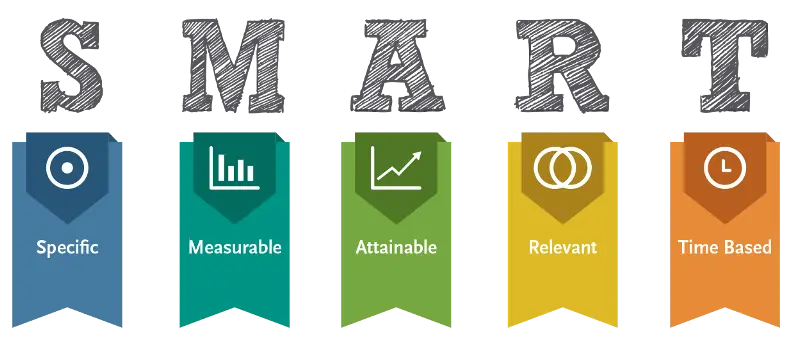
Setting Smart SEO Analytics Goals and Tracking Their Progress
Once you understand the metrics you want to track, it’s important to set smart goals and track your progress over time. Smart goals are specific, measurable, achievable, relevant, and time-bound. Here’s an example of a smart SEO goal: “Increase organic traffic by 20% within the next six months by optimizing website content and improving website speed.”
To track your progress towards your goals, you can use tools like Google Analytics, SEMrush, or Ahrefs. These tools can help you track SEO analytics results like organic traffic, keyword rankings, and engagement metrics like bounce rate and time on page.
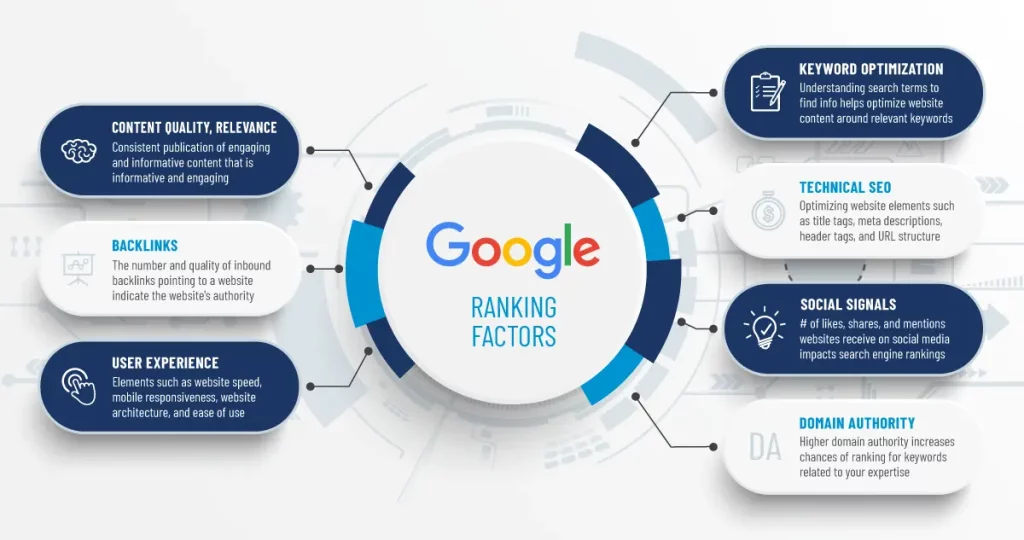
Best Practices for Measuring Organic Search Traffic
When measuring organic search traffic, it’s important to focus on the right metrics. Here are some best practices for measuring organic search traffic:
- Use Google Analytics to track organic search traffic, and set up goals to track conversions.
- Monitor your website’s click-through rate (CTR) and work to improve it over time.
- Focus on long-tail keywords, which are more specific and have less competition.
- Monitor your website’s bounce rate and work to decrease it by improving the quality of your content and user experience.
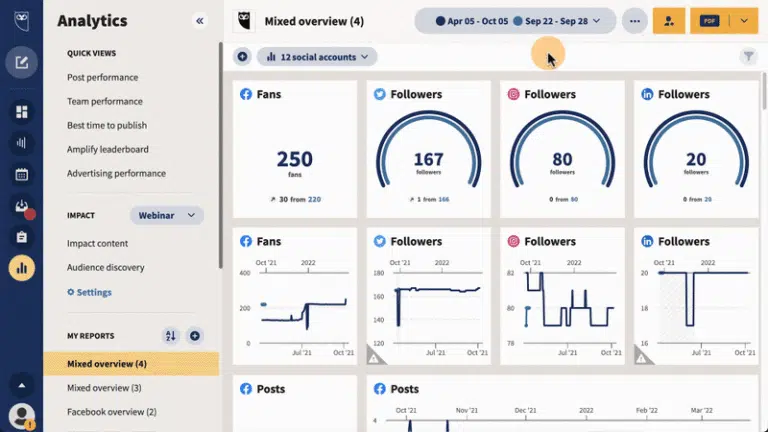
The Role of Social Engagement Metrics in Measuring SEO Success
Social engagement metrics can be a valuable tool for measuring SEO success. While social signals (likes, shares, etc.) are not a direct ranking factor, they can have an indirect impact on SEO. Here are some social engagement metrics to track:
- Shares. The number of times your content has been shared on social media platforms like Facebook and Twitter.
- Likes and follows. The number of people who have liked your social media posts or followed your social media accounts.
- Comments. The number of comments on your social media posts.
- Referral traffic. The number of visitors to your website who come from social media platforms.
To improve social engagement, you can:
- Create engaging content that encourages people to share, like, and comment.
- Use social media ads to target your ideal audience.
- Collaborate with influencers or other brands to increase your reach.
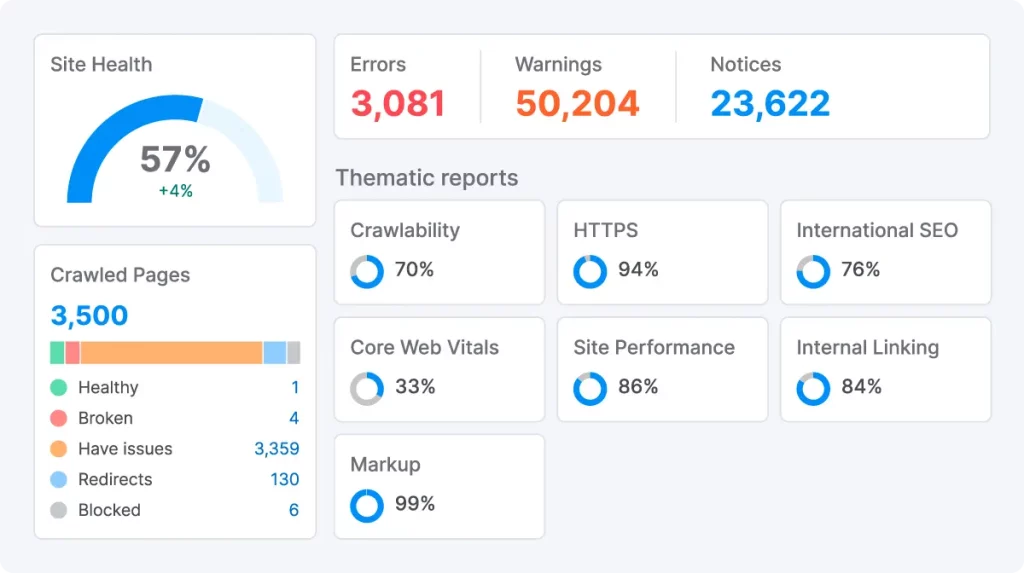
On-Page Optimization Tactics and How to Measure Impact
On-page optimization refers to the process of optimizing individual web pages in order to improve their ranking on search engine results pages. Here are some on-page optimization tactics and how to measure their impact:
- Keyword optimization. Use tools like SEMrush or Ahrefs to track keyword rankings and optimize content for those keywords.
- Title tags and meta descriptions. Use Google Search Console to track impressions and clicks for your title tags and meta descriptions.
- Headings. Use Google Analytics to track engagement metrics like time on page and bounce rate.
- Image optimization. Use Google Analytics to track engagement metrics for pages with optimized images.
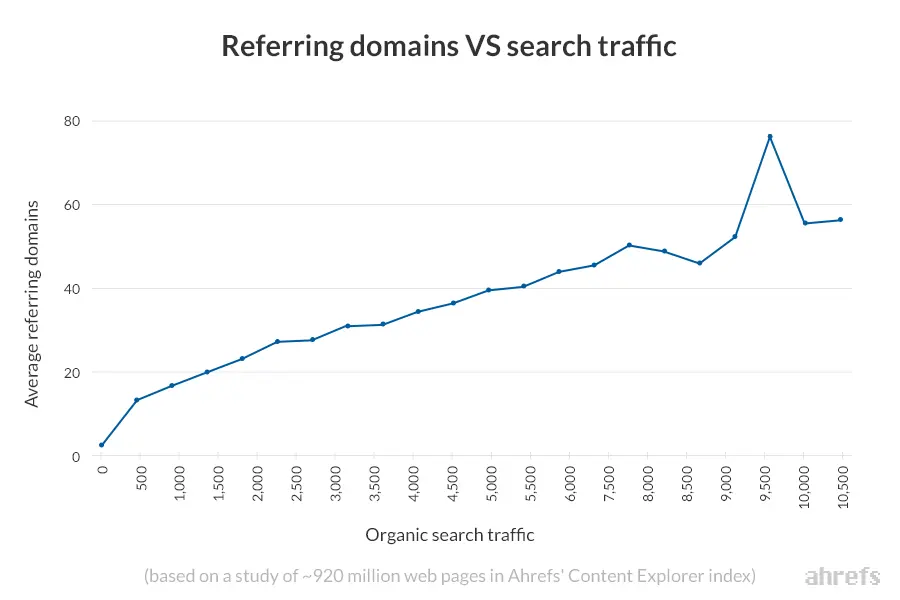
Link Building Process and Measuring Impact
Link building is the process of getting other websites to link back to your website. Here are some ways to measure the impact of your link building efforts:
- Backlinks. Use tools like Ahrefs or SEMrush to track the number and quality of backlinks to your website.
- Referral traffic. Use Google Analytics to track the number of visitors to your website who come from other websites.
- Domain authority. Use tools like Moz or Ahrefs to track your website’s domain authority, which is a measure of how authoritative and trustworthy your website is.
Mobile SEO and Metrics to Focus on for Mobile Devices
With more and more people using mobile devices to search the web, it’s important to focus on mobile SEO analytics and track the relevant metrics. Here are some metrics to focus on for mobile devices:
- Mobile traffic. Use Google Analytics to track the number of visitors to your website who are using mobile devices.
- Mobile speed. Use tools like Google PageSpeed Insights to track your website’s speed on mobile devices.
- Mobile bounce rate. Use Google Analytics to track your website’s bounce rate on mobile devices.
Wrapping up
Measuring SEO analytics success is key to improving your website’s performance over time. By understanding common SEO metrics and tracking your progress towards smart goals, you can improve your website’s ranking, traffic, and engagement metrics. Focusing on best practices for measuring organic search traffic, using social engagement metrics, optimizing on-page elements, building quality backlinks, and tracking mobile metrics can help you improve your website’s overall SEO.















